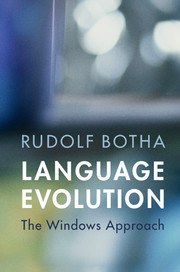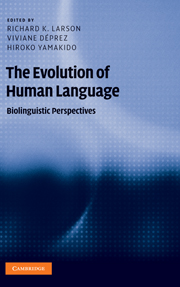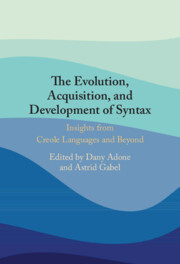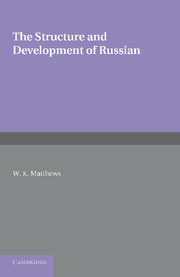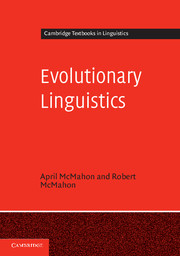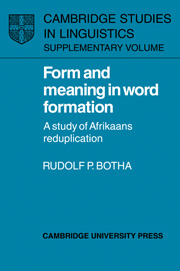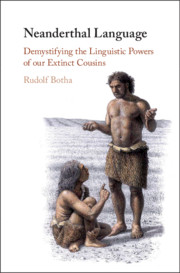Language Evolution
How can we unravel the evolution of language, given that there is no direct evidence about it? Rudolf Botha addresses this intriguing question in his fascinating new book. Inferences can be drawn about language evolution from a range of other phenomena, serving as windows into this prehistoric process. These include shell-beads, fossil skulls and ancestral brains, modern pidgin and creole languages, homesign systems and emergent sign languages, modern motherese, language use of modern hunter-gatherers, first language acquisition, similarities between language and music, and comparative animal behaviour. The first systematic analysis of the Windows Approach, it will be of interest to students and researchers in many disciplines, including anthropology, archaeology, linguistics, palaeontology and primatology, as well as anyone interested in how language evolved.
- The first principled account of the Windows Approach to the study of language evolution
- Offers a survey of recent literature on language evolution across the social and biological sciences
- Accessibly written, with explanations of technical terms and ideas
Reviews & endorsements
'In 2006, Rudie Botha launched an all out attack on the legitimacy of the claim that the South African archaeological site of Blombos had evidence of 'fully syntactic' language 75,000 years ago. No one has been able to counter the logic of his argument, and this book applies that same relentless, illuminating logic to other claims in the study of language origins. In doing so, Botha shows just how carefully any claims must be justified, and just how powerful his Windows Approach is. Students and researchers in archaeology, primatology, linguistics, and comparative ethology cannot ignore this book.' Iain Davidson, University of New England
'This book will prove to be a milestone in the field … a meticulous, rigorous, and yet highly readable guide.' Paul T. Roberge, University of North Carolina, Chapel Hill
Product details
May 2016Paperback
9781316501078
230 pages
227 × 152 × 20 mm
0.48kg
13 b/w illus.
Available
Table of Contents
- Part I. Preliminaries:
- 1. The Windows Approach
- 2. Conceptual foundations of the approach
- Part II. Correlate Windows:
- 3. Sea shells, ancient beads, and Middle Stone Age symbols
- 4. Fossil skulls and ancestral brains
- Part III. Analogue Windows:
- 5. Incipient pidgins and creoles
- 6. Homesign systems and emergent sign languages
- 7. Modern motherese
- 8. Hunter-gatherers' use of language
- 9. Language acquisition
- Part IV. Abduction Windows:
- 10. Modern music and language
- 11. Comparative animal behaviour
- Part V. Epilogue:
- 12. A tool fit for demystifying language evolution?

